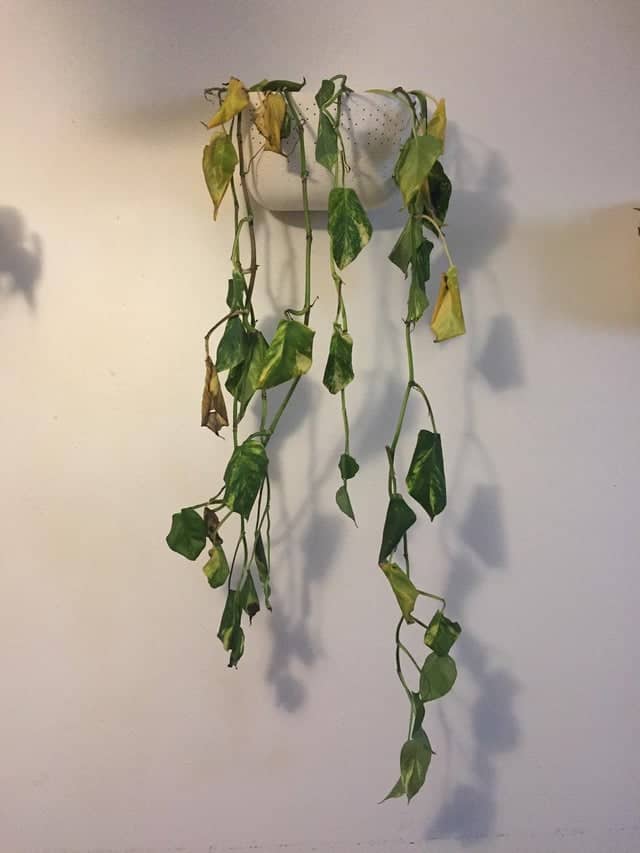How to Fertilize Roses Organically (5 Methods That Actually Work)
In order to produce the greatest blooms, roses, which are heavy feeders, need a variety of nutrients throughout the growth season. The best results are therefore obtained by fertilizing your rose bed with a variety of organic fertilizers. For the greatest results, fertilize roses organically once every four weeks during the growing season using a …










